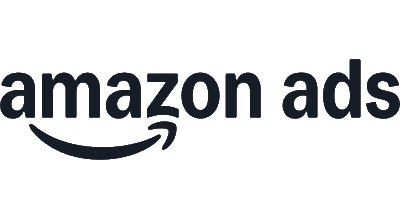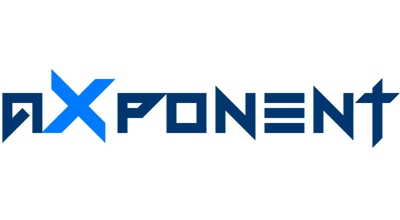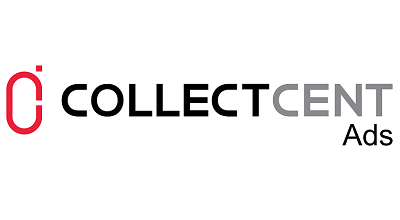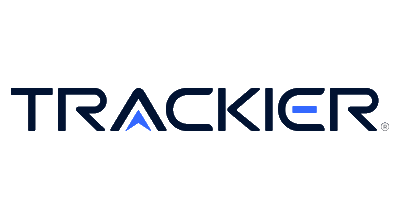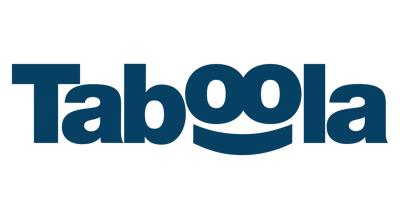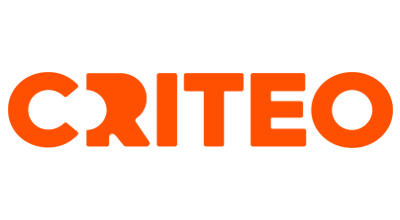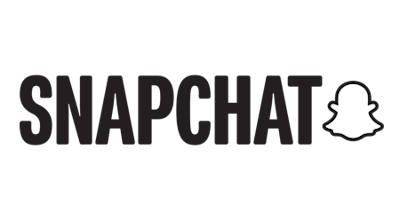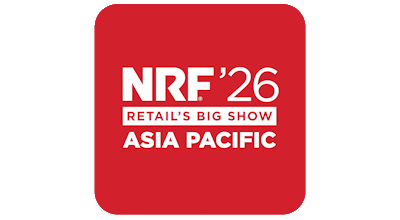Native Advertising has been catching the eyeballs of most marketers in the recent years, thanks to better user experience and better ROI. With native becoming an umbrella term for multiple formats, what are the major trends that you foresee for native advertising in 2019?
Content consumption structure is changing all the time. Video content penetration level in some markets are higher than regular articles. We can use Vietnam as an example of what’s going to happen all over the world. Video content consumption reached 92% already which made the country #1 in the region. Since 2015 time spent by the users watching video increased four times to about 55 minutes a day. With Samsung and Verizon launching 5G phones and network in the US in the first half of 2019 there will be almost no limits to what you would be able to do with the ads. Native, along with the display, will have to adapt to new rules and balance extensive format capabilities with a short period when you can get the attention of mobile users. Native will be adopting outstream video at scale and producing massive amounts of short personalised videos, based on what AI enabled targeting algorithms of advertising networks would stipulate for every separate user. Moreover, the native video will adopt vertical video (one of the most mobile-friendly formats) as well as scaled interactive videos – shoppable video, which allows involving audience into the story and push them to the action. Desktop content consumption will remain the same, allowing the mobile to be the core of future growth.
The digital marketing ecosystem is buzzing with new ad formats, technologies, ideas everyday. How would you define the role of native advertising in this cluttered ecosystem?
Native advertising is a part of the global advertising ecosystem and will embrace all the innovations proposed by the technological developments in the market and adapt it in order not to sacrifice user experience when monetising publishers’ content. On top of being early adopters of personalised AI-enabled content recommendation platform, MGID, as well as other native advertising platforms will be moving towards becoming a link between branding and performance marketing. The difference between display and in-feed native will continue to mingle, and native will be getting more real estate with new types of placements and formats. The bone of the most important goals for the majority of CEO’s worldwide is in increasing efficiency of their marketing spent by improving transparency and establishing clear benchmarks for campaign success measurement. Native advertising has always been geared towards performance, and there is much less fraud-related risks, as well as the supply path optimization, has a shorter funnel even on the programmatic side.
How should brands integrate native advertising in their marketing mix? What strategies would you recommend they follow while building a native marketing plan?
Even though native advertising is used a lot to promote and test new products and product placement approaches, established brands usually have the advantage of being known to a potential consumer. Not only native advertising could be the “missing link” in the evolution of only branding campaigns with vague goals and results into measurable performance-oriented campaigns, but it can also combine, synergise and supplement offline marketing efforts, providing CMO’s with tools to analyse other marketing efforts. Nevertheless, the rules for creating a proper native advertising campaign are similar for performance marketing as well as for brands:
- Identify goals and establish success measurement metrics – even branding campaigns should be taking at minimum engagement as a critical metric, but it can also be extended to multiple stages of sales funnel/lead generation/client relationship building to allow future interaction with the customer.
- Choose your audience and understand distribution channels – different approaches should be used for social native vs content recommendation networks vs in-feed native or video. Partnering with a publisher and placing your advertorials/sponsored content on a trusted website will improve the result.
- Create appealing content for your audience, not a promotional material. Be entertaining and informative from a user perspective. Don’t try to unload too much of brand mention and try telling a story instead of providing options on how to buy your product.
- Evaluate and optimise – create multiple ads and landing pages, track their single performance along with combinations. Increase exposure for the audiences of top-performing publishers, track campaign performance by devices, languages, etc.
What is consumer attitude towards native advertising? Do they see it as more meaningful or disruptive vs display ads or non-targeted advertising?
With the development of AI powering further personalisation of user experience overall, native advertising would become natural recommendation feed prompting users for specific actions in appropriate circumstances. The latest report of Association of Online publishers claims that, compared to traditional advertising, native advertising was found to be more informative (32 % compared to 16 %), more interesting (27 % versus 19 %), more useful (21 % versus 13 %) and more helpful (15 % compared to 10 %).
On the other side, we’ve seen the great results for brand campaigns – we’ve seen 22% more time spent on site, 10% more pages per visit and 15% lower bounce rate for our FMCG clients, launching native with us and display/search at the same time. Also, analysing cost efficiency of native, we’ve seen average X10 times higher CTR and X8 lover CPC, compared to display. As a result, our FMCG and e-com planning to allocate up to 70% of their budgets on native strategies.
Why does this happen? Native advertising logic is slightly different – the targeting is not necessarily based on the user’s personal information, but it relates strongly to the content users consume around the native ad. Therefore, the users are already in the mood to get native ad experience. As a result, we receive a low level of users irritation and a high level of content engagement
How do you see MGID growing in 2019 and beyond? Are your pursuing any products/strategies specifically for the Indian market?
The 2019 year will be significant growth for MGID. The expected growth rates for native advertising shows positive dynamics, but we’re planning to be faster than the market. First of all, we see growth drivers in branded reach campaigns. We think that implementing native performance strategies for branded reach campaigns can open new opportunities for brand communications, as well as empower analytics with new metrics, previously used only for performance native ad campaigns.
Second, we’re innovating our products, adjusting our solutions for every specific market types. At this stage, we pay significant attention to our strategic proposal for the Indian market. We’ve reached more than 150% year-over-year growth in India, so now we understand how to grow qualitatively. We’re innovating our proposal both for publishers – new AI-powered formats and skyrocketing monetisation, and advertisers – unique user targeting logic, world-class brand safety mechanism and Tier 1 publishers with their audiences. Soon we’ll tell more about our products and share some great news about MGID’s activity in India.
















